Inspiration
Pisco Primer: How to Make Peru's Classic Cocktail
Whether mixed in a cocktail or sipped neat like a fine Armagnac, nothing epitomizes Peru in a glass like this complex and unique spirit. A little knowledge goes a long way towards elevating your pisco experience, so belly up to the bar and see what it’s all about.
What makes a Pisco, a Pisco
A true Peruvian pisco must be made in the coastal valley regions of Ica, Lima, Arequipa, Moquegua or Tacna. Distilled from wine, pisco is considered a brandy, but bears little resemblance to its oak-aged relative, cognac. Like other brandies, it is distilled in copper pots, but only once, and never barrel-aged in wood. This lets the pisco’s distinctive grape varietals speak for themselves. Pisco is distilled from wines fermented from eight varietals, including Quebranta, Negra Criolla, Uvina and Mollar, as well as the aromatic Moscatel, Torontel, Italia and Albilla grapes. Every Pisco falls into one of three classifications: Puros, distilled from dry wine fermented from a single grape varietal; Mosto Verdes, distilled from sweet wine fermented from a single grape varietal; and Acholades, blends of any two or more different varietals. An Aromatica is a Puro made from an aromatic grape.
Tasting notes
As Rudyard Kipling once said of pisco, “I have a theory it is composed of cherubs’ wings, the glory of tropical dawn, the red clouds of sunset, and fragments of lost masterpieces by dead poets.” Love it or hate it, the clear, 76- to 96-proof spirit typically elicits a strong reaction. While first-time tasters are often reminded of grappa or even tequila, the experience on the palate varies greatly depending on the pisco’s varietal and classification. Puros often start sweet and grapey with a spicy, earthy finish. Mosto Verdes tend to be smoother and rounder with more body and less spice.
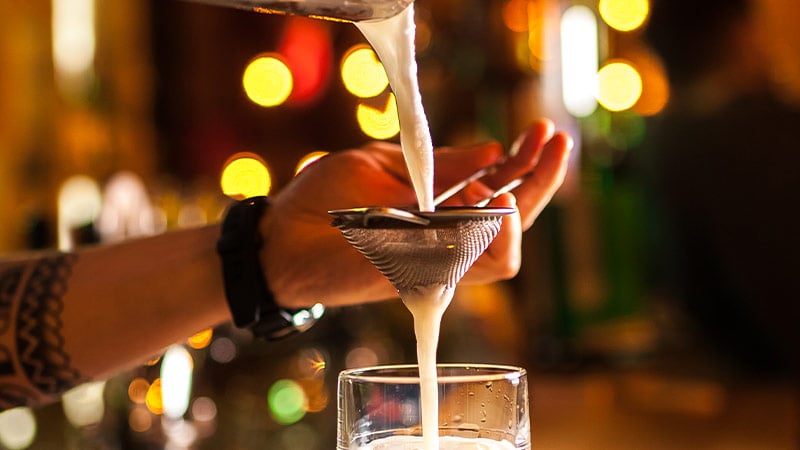
Three recipes for the road
Mix up your own taste of Peru with these three distinctive pisco cocktails.
Pisco Sour: While the cocktail’s origins are murky, many credit American expat Victor Morris with creating the first pisco sour at his bar in Lima during the 1920s. Some versions use a blender, but many claim the shaken recipe to be more authentic to the original.
3 oz. Pisco
1 oz. Fresh Lime Juice
1 oz. Simple Syrup
1/3 Fresh Egg White
3 Drops Bitters
Add the pisco, lime juice, simple syrup and egg white to a shaker and fill with ice. Shake vigorously and strain into a highball glass. Garnish with three drops of Angostura Bitters.
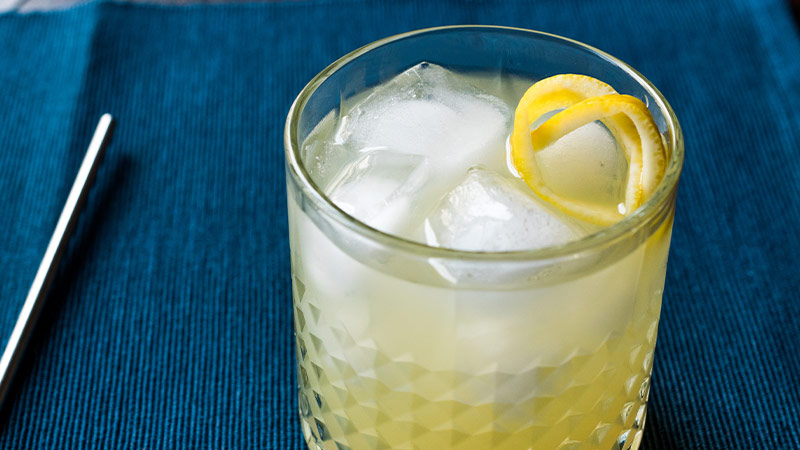
The Tart and Refreshing Chilcano de Pisco: While this crisp cocktail may have been an Italian immigrant’s Peruvian adaptation of the grappa-fueled buon giorno, the chilcano de pisco feels right at home in Lima’s trendiest bars.
3 oz. Pisco
4 oz. Ginger Ale
1/2 oz. Fresh Lime Juice
3 Drops Bitters
1 Slice Lime
Add the pisco, ginger ale, lime juice and bitters to a chilled tumbler and fill with ice. Give it a quick stir and garnish with a slice of lime.
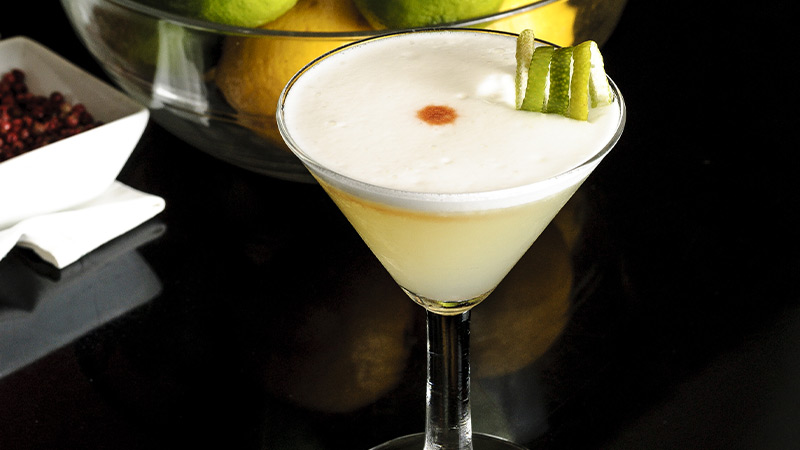
The Strangely Familiar El Capitan: Leaning on the theory that almost any whiskey cocktail begs a pisco substitution, the El Capitan swaps the Manhattan’s traditional bourbon or rye for a Peruvian pinch-hitter.
3 oz. Pisco
1.5 oz. Sweet Vermouth
1 Dash Angostura Bitters
Add the pisco, vermouth and bitters to a shaker and fill with ice. Shake vigorously and strain into a martini glass.







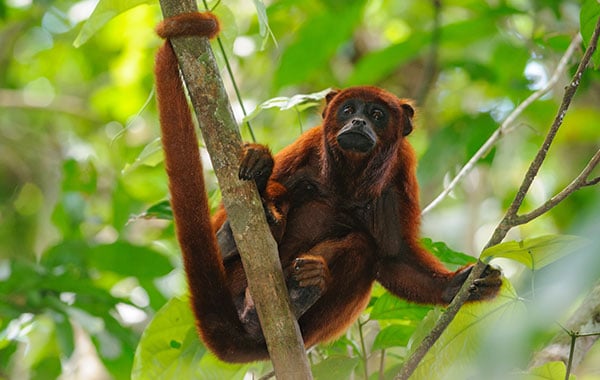
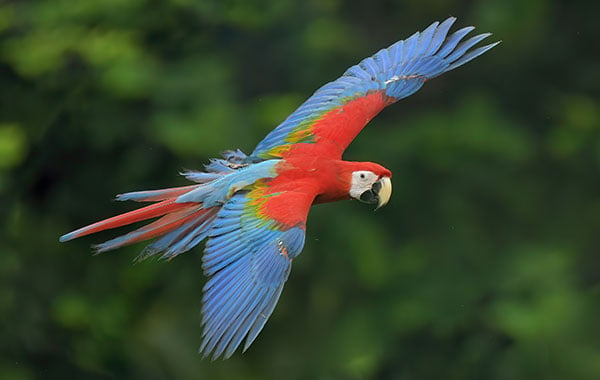




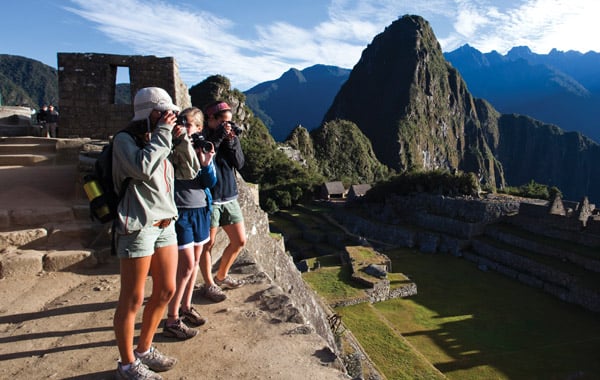
 The Americas
The Americas
 Europe, Middle East and Africa
Europe, Middle East and Africa Australia, NZ and Asia
Australia, NZ and Asia